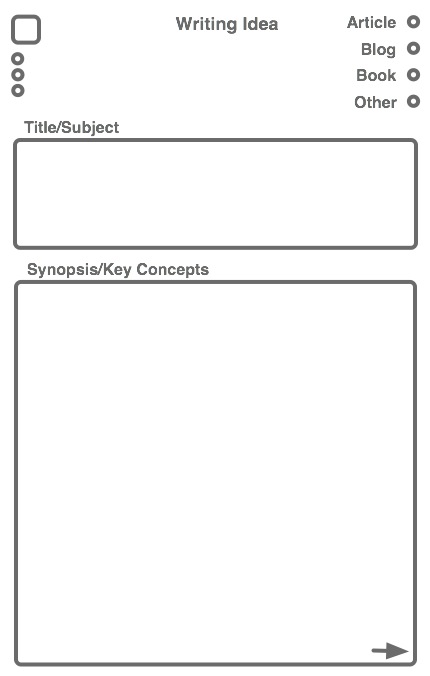 You know the drill. The meeting is in the small conference room at the far end of some cheap airport hotel. Inside, there’s nothing to sustain you until lunch but tepid coffee and stale cheese danish dusted with spilled non-dairy creamer. Yet, for some reason, instead of bonding over a shared fate, the participants quickly divide into two camps — the experts and the interlopers.
You know the drill. The meeting is in the small conference room at the far end of some cheap airport hotel. Inside, there’s nothing to sustain you until lunch but tepid coffee and stale cheese danish dusted with spilled non-dairy creamer. Yet, for some reason, instead of bonding over a shared fate, the participants quickly divide into two camps — the experts and the interlopers.
A SME chuckles about “you English majors.” Your publications manager mutters something about “those knuckle-draggers.” And that’s just the morning of the first day.
Whether you write instructional textbooks, online help content, user guides, or even feature articles, as a technical writer you rely on the people who know the topic better than anyone else — subject matter experts, or SMEs. Likewise, SMEs rely on you to interpret and translate their information, to present it clearly and accurately, and to make it easy for the reader to understand and follow.
Nevertheless, writers and SMEs often have difficulty establishing a collaborative relationship, and the resulting friction only hurts the final product.
Like it or not, it’s up to you to establish a good working relationship with your SMEs right from the start. Here’s how:
Continue reading “quick tips for working with SMEs”
 Wrapping up my discussion of the three techniques I use to manage my freelance writing business, today I review how I’ve configured Apple’s Mail program to manage work e-mail.
Wrapping up my discussion of the three techniques I use to manage my freelance writing business, today I review how I’ve configured Apple’s Mail program to manage work e-mail.
 “That would make great blog entry!”
“That would make great blog entry!” I rely on three things to administer my freelance writing business: paper files, electronic files, and e-mail. I’ve already written about how I use
I rely on three things to administer my freelance writing business: paper files, electronic files, and e-mail. I’ve already written about how I use  You know the drill. The meeting is in the small conference room at the far end of some cheap airport hotel. Inside, there’s nothing to sustain you until lunch but tepid coffee and stale cheese danish dusted with spilled non-dairy creamer. Yet, for some reason, instead of bonding over a shared fate, the participants quickly divide into two camps — the experts and the interlopers.
You know the drill. The meeting is in the small conference room at the far end of some cheap airport hotel. Inside, there’s nothing to sustain you until lunch but tepid coffee and stale cheese danish dusted with spilled non-dairy creamer. Yet, for some reason, instead of bonding over a shared fate, the participants quickly divide into two camps — the experts and the interlopers. Over on The Copywriter Underground (which should be part of every freelance writer’s complete nutritious breakfast), Tom Chandler
Over on The Copywriter Underground (which should be part of every freelance writer’s complete nutritious breakfast), Tom Chandler